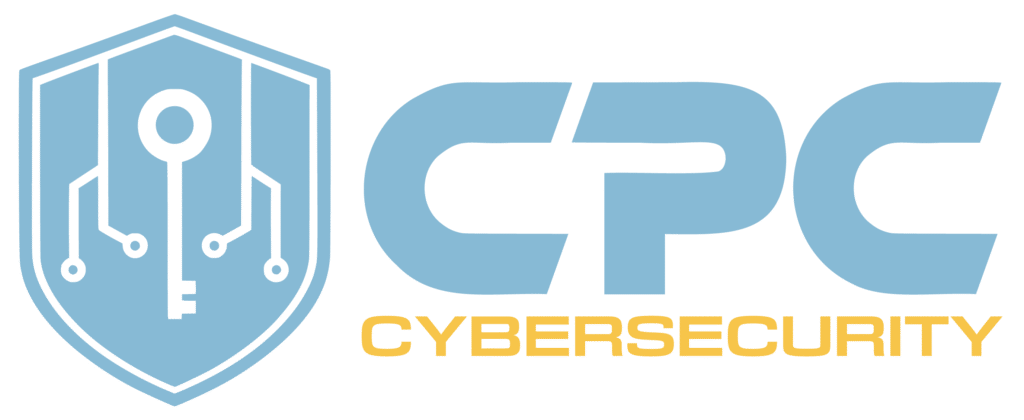Web Application Penetration Testing
We simulate real-world attacks on your website to identify flaws like outdated software,
poor
authentication, or exploitable input forms. This helps prevent data theft, reputational damage,
and downtime.
Do you need help?
If you need any helps, please feel free to contact us.
We offer a wide range of cybersecurity services tailored for startups, small businesses, and mid-sized organizations. Whether you're launching your first app or expanding your cloud infrastructure, our mission is to protect your digital assets with high-quality, affordable, and expert-driven testing.
What’s Included:
- Full coverage of critical and high-priority vulnerabilities based on OWASP Top 10, PTES, and OSSTMM frameworks.
- Testing for common threats such as:
- Injection flaws (SQLi, XXE, XSS, RCE, CSRF)
- SSRF vulnerabilities and broken authentication
- File upload flaws, misconfigurations, and access control issues
- Insecure communications, deserialization flaws, logic bypasses
- Client-side and business logic vulnerabilities
- Real-life attack simulations with CVSS scoring and business impact insights.
- Detailed reporting that includes step-by-step remediation guidance.
- Business logic and workflow manipulation testing
- Broken authentication/session management checks
- Data leakage, file upload, and role misconfiguration tests
- Trend-Focused: Includes testing for SSRF, JWT handling, and supply chain risks
- Optional compliance-aligned testing: PCI-DSS, GDPR, HIPAA, SOC 2, NIST, ISO 27001.
- Developer collaboration to assist your team in implementing security fixes.
Why These Features Were Selected (Explanation):
- 1. Manual + Automated Testing – Helps uncover both common and complex vulnerabilities. Manual testing is crucial for logic flaws and chained attacks, while automated scans ensure coverage.
- 2. OWASP, PTES, OSSTMM Frameworks – These are industry-standard methodologies that clients trust. They ensure your testing is structured, comprehensive, and credible.
- 3. Black Box, Grey Box, White Box – Offering all three testing types provides flexibility depending on the client’s needs:
- Black Box: No access or knowledge of the system
- Grey Box: Limited access, like a logged-in user
- White Box: Full access including source code and architecture
- 4. Detailed Reporting with CVSS Scoring – Clients value clear, actionable insights. CVSS (Common Vulnerability Scoring System) quantifies risk, which helps clients prioritize remediation.
- 5. Compliance Readiness – By aligning your service with standards like PCI-DSS and HIPAA, you appeal to industries that must meet strict security regulations (e.g., healthcare, finance).
- 6. Developer Collaboration – Many clients struggle with fixing vulnerabilities. Assisting their dev teams adds value and builds long-term trust.)
